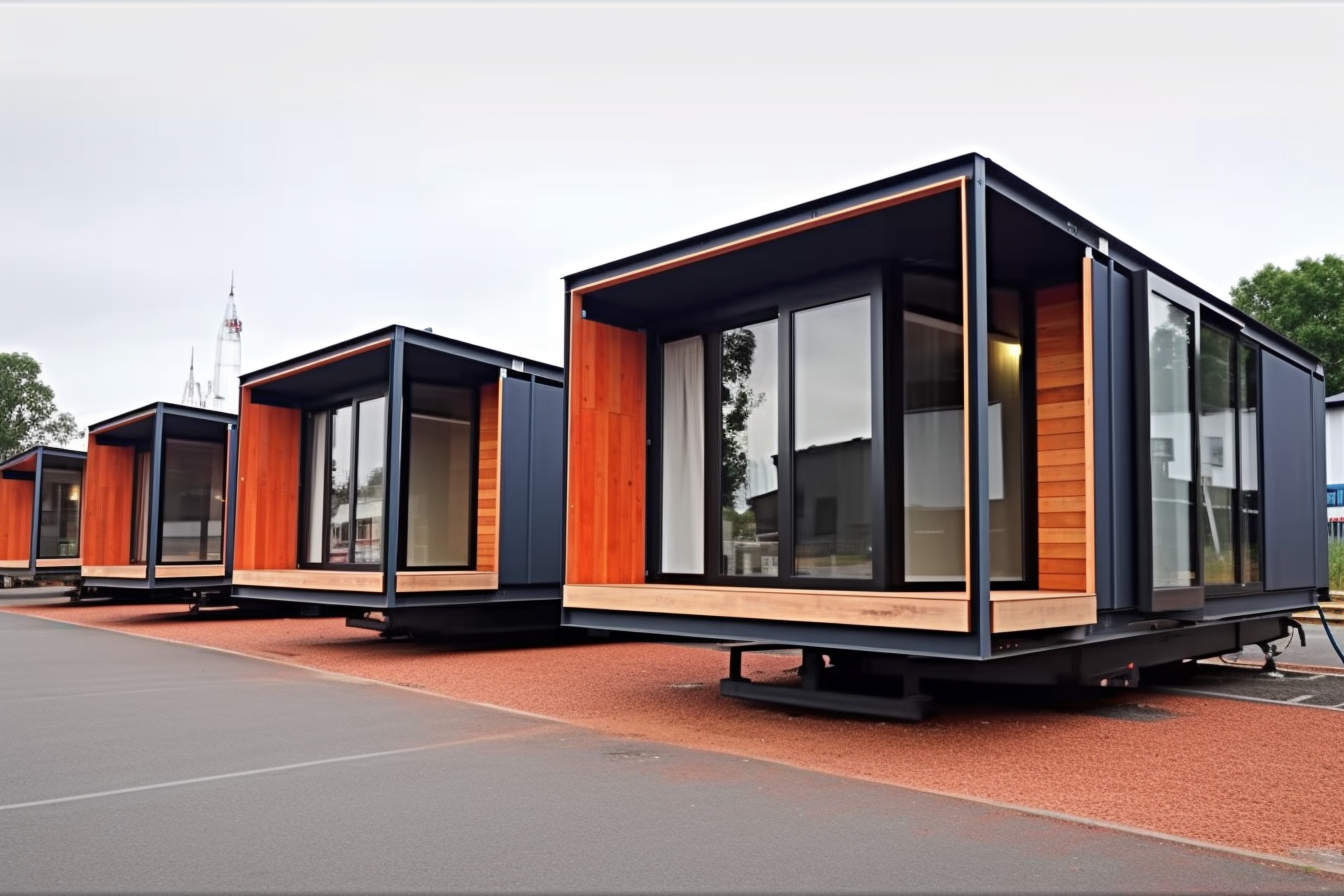Breaking Down the Success behind Shared Workspace Models
The landscape of the modern workplace is changing rapidly. Shared workspace models, also known as coworking spaces, have become a significant trend in recent years. These models offer a flexible, efficient, and collaborative environment for businesses, startups, and freelancers. This article will delve into the rise of shared workspace models, examining their historical context, current trends, and potential future implications.

The Emergence of Shared Workspace Models
The concept of shared workspaces was virtually non-existent a couple of decades ago. The traditional office environment was the norm, with businesses leasing or owning their own spaces. However, the advent of technology and the rise of the gig economy led to a shift in work patterns and environments.
The first coworking space was opened in San Francisco in 2005 by software engineer Brad Neuberg who sought to create a space that combined the independence of freelancing with the community and structure of an office. Since then, the shared workspace model has exploded on a global scale, with an estimated 26,000 coworking spaces worldwide in 2020.
Current Trends in Shared Workspace Models
Shared workspace models have seen tremendous growth in recent years, driven primarily by the flexibility and cost-effectiveness they offer. These spaces provide an environment that fosters innovation, collaboration, and networking.
The demand for such spaces is not only from freelancers or startups but also from large corporations who are recognizing the benefits of these models. Big names like IBM and Microsoft have already begun incorporating coworking spaces into their operational strategies, taking advantage of the flexibility, cost savings, and networking opportunities they provide.
Impact, Benefits, and Challenges of Shared Workspace Models
The impact of shared workspace models on the business landscape has been profound. They have revolutionized the way businesses operate, offering a more flexible and cost-effective solution to traditional office spaces.
The benefits of shared workspaces are numerous. They provide a collaborative and innovative environment, access to a broad network of professionals, and flexibility in terms of cost and space. However, they also present challenges. Privacy concerns, noise levels, and lack of personal space can be potential drawbacks for some businesses or individuals.
Key Takeaways for Businesses:
-
Shared workspace models offer a cost-effective and flexible solution for businesses, startups, and freelancers.
-
They foster an environment that encourages innovation, collaboration, and networking.
-
Large corporations are also leveraging these models for their operational strategies.
-
Businesses should weigh the benefits and challenges of shared workspaces before making a decision.
In conclusion, shared workspace models have significantly transformed the business and industrial sectors. They offer a unique and modern approach to work, merging the independence of freelancing with the structure and community of traditional office spaces. This trend is likely to continue as businesses seek more flexible, cost-effective, and innovative solutions in an ever-evolving market. As such, understanding and adapting to shared workspace models will be crucial for businesses looking to stay ahead in the current business landscape.




